I hope you will enjoy the intro, but if in a rush you can scroll down to the coffee alternatives on this page.
What good options are there for coffee from the Caribbean & Central America?
In this article on some of the best Caribbean coffee, we will have a look at:
- Some coffee from the Caribbean
- Health Benefits Regardless of Coffee Variety
- A crash course in the coffee variety
- Caribbean coffee brands, and the roast
- Some Honduran coffee brands & some of the best Jamaican coffee brands
Introduction to coffee from the Caribbean and Central America. If you’re not a coffee connoisseur, it may seem a daunting task to decide what Caribbean Coffee brands to purchase from the vast coffee variety, for your coffee-loving friend or even just for yourself while vacationing in Central America or the Caribbean. Maybe you are a coffee expert, but you’re finding it difficult to find the right blend of the best Caribbean coffee to suit your taste.
Worry not! That’s where I come in. I developed Coffee-finders.com to help you and persons like you. Before I get into the finer details, let me explain some basics for the coffee newbies.
Oh yes, some of the links are affiliate links from Amazon or other partners. Meaning if you click on a link and as a result, you buy from them, I may get a little commission.
Health Benefits Regardless of Coffee Variety
Coffee beans (no matter what coffee variety they are from) can be considered a blessing from nature, as it has been scientifically proven to be beneficial to the body in many areas. Commonly known, coffee helps you feel more energized thanks to its caffeine content (no more match sticks holding up your eyelids if you know what I mean… haha!).
Do you want to know a fun fact about coffee?
But did you know it has high levels of antioxidants and nutrients? As a matter of fact, coffee improves your memory, reaction time, mood, and general mental function. That’s not all… you men out there will be super happy to know that coffee is essentially erection-friendly. Polyphenols contained in coffee can possibly increase testosterone concentration, enhance blood flow to the penis, and thus help with erectile dysfunction.
Other health benefits of coffee include burning fat, and lowering your risk of conditions such as type two (2) diabetes, Parkinson’s disease, Alzheimer’s, and even cancer! Overall, coffee boosts your health and longevity. So go ahead and indulge!
Now that you know the basic health benefits of coffee, let us learn about the product itself.
Se my list of 25 Best Gifts For Coffee Snobs Under $100 here.
A Crash Course in the best Coffee Variety
Different products can be made from coffee: coffee cakes, other desserts such as Tiramisu, candies, etc. But for this article, I will be focusing on the drinking of the product. Finding the right coffee is dependent on the preference of each consumer, so to help you choose the right Caribbean coffee or Central American coffee, let me explain a little more about this intriguing bean.
When considering the best coffee variety, coffee newbies may automatically think of French Vanilla versus Mocha… Those are different combinations of coffee with other ingredients. The more accurate concept of coffee variety, though, would be
The different types of coffee beans:
- Arabica – the most popular (it has a sweeter, more delicate, complex flavor and the coffee itself tends to be less acidic; but does not contain as much caffeine as it’s other popular counterpart, Robusta)
- Robusta – the other popular type of bean (high in caffeine, strong or ‘robust’ in flavor, is cheaper to produce, and is widely used in espresso drinks and instant coffee mixes)
- Liberica and Excelsa are less common as coffee enthusiasts will know, and not readily available. Our focus for this article will be on the two main types of coffee beans, Arabica and Robusta.
If you like your coffee pure without additives like me, black coffee, or Café Noir, then Arabica beans would be the better choice for you. Otherwise, Robusta would be best as the flavor will still come through even after adding other ingredients – that is of course if you like your coffee really strong. So when buying for a friend, find out how they take their coffee (straight Café Noir; with cream and sugar; or with other additives…), that way you can make an informed purchase of a gift they will love.
Here we will look into other coffee flavors. What flavors do you add?
More about the best Coffee Variety
Something noteworthy about coffee is that the higher the altitude the better the flavor profile/quality, regardless of the coffee variety. Those high altitudes allow for slower growth thereby increasing the nutrient and mineral content, and thus developing a fuller, more robust flavor. If the coffee trees are shaded by other trees, that helps even more in slowing their growth, which is a good thing.
So for the best flavor, look for brands that are strictly high-grown grade. Ideal growing conditions include moderate rainfall, proper drainage, adequate sunshine, high elevations, and a frost-free environment (in other words, tropical climates in mountainous regions). Those environmental requirements are what make Central American and Caribbean Coffee brands so desirous.
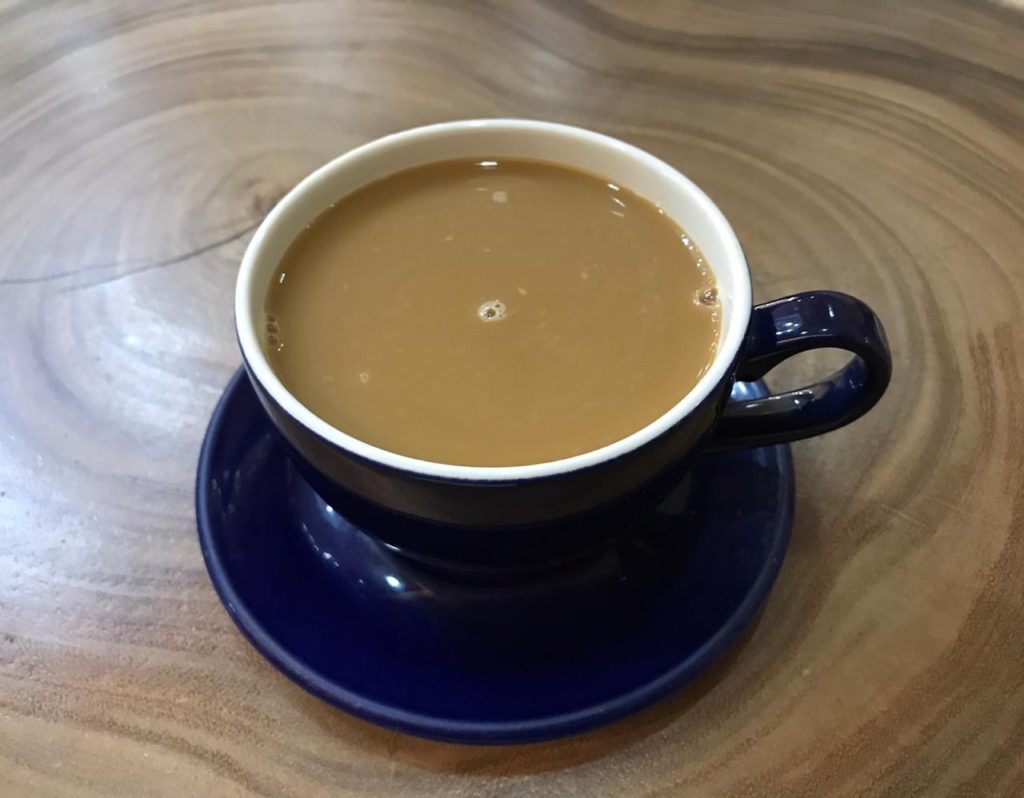
Coffee from the Caribbean – The Roasts
There are different ways to roast them, some persons refer to the roast when speaking of coffee variety (as opposed to the type of bean). The roasting method can add to the bitter taste if the coffee beans get scorched/burned on the roaster (an important point to remember when you get to the Coffee Caribbean section in this blog!). When purchasing roasted beans, if you are able to buy them roasted to order you will get its peak flavor. The reality, however, is that option is not so easy to find (though we have included one such link further down in this article as a nice perk, so keep reading!), and so the choice really boils down to the best pre-roasted brands on the store shelves.
When asking about coffee options, you will hear terms like:
- Dark Roast – which are dark brown or almost black in colour; the beans tend to be oily due to longer roasting time, but that allows for less acidity and a smoother, more mellow flavor; has a smokey, charred sugar taste that most people call strong coffee flavor; the body of the coffee thins out as the bean is roasted past dark brown in color
- Medium Dark Roast – a rich dark color, heavy body, a little oil on the surface of the bean but not as much as the dark roast
- Medium Roast – is slightly shiny if looking at the whole bean; has a more balanced flavor profile, acidity, and aroma
- Light Roast – is very acidic, has no oil on the surface of the bean, and, to a greater extent, retains the original flavor of the bean; they taste more fruity or sour; harder to grind in a hand mill). Medium roasts have a sweetness at a light-medium roast but gets bittersweet towards the medium-dark end of the spectrum. You should still be able to taste a lot of green coffee characteristics but the roast characteristics will become pronounced. You do not want raw coffee beans unless you are a roasting pro, unless you just want to experiment with home roasting.
Methods of preparing coffee beverages and drinks vary from hot extraction methods to cold ones. This is another way persons will refer to coffee variety. We will briefly look into both methods, but let us first distinguish between iced coffee and cold brews.
Iced coffee which, as the name suggests, is hot brewed coffee that has been cooled and poured over ice (sadly this waters down the flavor… but…), is not the same as cold-brewed coffee. How? Iced coffee is first heated, then cooled; whereas cold brew is never heated.
Iced coffee is roughly grounded coffee that is placed in cold water and left for twelve or more hours to steep. Cold-brew flavors are very strong, and the longer it sits, the stronger the flavor gets. The resulting flavors of cold brew are a sweeter, less acidic, beverage that is super smooth.
Hot Brews are made by adding hot water to grounded coffee. This method of making coffee is more common because it is a quicker method than old brewing. More acidity and bitterness are produced by hot brewing, but it also means you will be getting more antioxidants. Cost-wise, hot brews are less expensive than their cold counterpart.
Also of interest is that there are different coffee makers (coffee making machines in other words), the Drip, and Percolator being the most common (at least during my time in the office just a few years back :’D ). These are modern times, so now lots of other advanced options are on the market that will allow you to wow your tastebuds at home as opposed to going to a café.
Did you know that the coffee to water ratio matters to get the best result?
Caribbean Coffee Brands
Let’s investigate a few Caribbean Coffee brands.
Carib Bean Coffee Roasters – a good alternative
Carib Bean Coffee Roasters is a coffee roasting company in Antigua (one of the many Caribbean countries). They import fresh beans from different places, like Central America, South America, and Africa. Next, they source the finest specialty coffee from around the Caribbean Basin and roast them daily. On a more intriguing note, they use hot air to keep the beans suspended while tumbling in the roaster. This prevents the beans from scorching on hot surfaces, and produces a more aromatic roast without the bitter-tasting tar.
What is more, they roast to order (remember we mentioned earlier how scarce freshly roasted coffee is…), so that is one great option for freshly roasted Caribbean coffee! At Carib Bean Coffee Roasters you can even book a time and see the roasting process yourself or you can just order your bag of coffee.
Coffee Caribbean anyone!?
Cuban coffee brands – Mayorga
Some of the best Caribbean coffee brands are found in Cuba. They are known for their love of very strong coffee! So beware when purchasing a Cuban brand, as you will likely get a very robust flavor in most of their brands. Cuban mixes available in cafes tend to be sweet as a special brown sugar called demerara is added to expresso shots during the coffee brewing process.
On the downside, it is difficult, or near impossible, to find a brand of coffee that is actually from Cuba; and the Cuban coffee industry struggles to survive due to lack of infrastructure to access farms, lack of experienced farmers, and other problems. Many coffee packages are labeled Cuban because of the processing style, rather than it’s actual origin (one example is Mayorga – an organic, non-GMO, dark roast, shade-grown, contains whole beans, has a rich texture, robust flavor, and is one hundred percent (100%) Arabica beans [roasted and packaged in the US]. It is very strong, so is a good choice of coffee).
Since Cuba essentially is off the grid where the technology to communicate with the outside world is concerned, only a trip there will really tell if cafes outside the country are doing their coffee justice! I will do another blog specifically about Cuban coffee soon enough.
Jamaican Blue Mountain, Coffee from Jamaica
Speaking of Caribbean coffee brands, the world-renowned Jamaican Blue Mountain Coffee is a ‘must try’! This is probably some of the best Jamaican coffee. Sought after by coffee connoisseurs across the globe. According to Barefoot Coffee Roasters, coffee from Jamaica is considered to be of an elite standard; a very expensive grade of coffee that has a rum-like aroma, smooth and mellow flavor, and a special refinement.
Of course, the exports of Jamaican coffee brands are highly regulated. What I can say is that you will not be disappointed with the unique flavor profile of the Jablum Brand. It will not disappoint, as it is silky smooth, vibrant, and complex, with a well-balanced taste of floral and nutty overtones, a hint of chocolate in a rich creamy finish.
Also, the Sangster International Airport (the main tourist airport on the island of Jamaica) carries the highly sought-after Jamaican coffee brands of Wallenford Blue, and High Mountain at the Coffee & Spice shop.
These Jamaican brands offer a complete line of roasted coffee products both locally and internationally and are not only rare, but the aroma is intense, the taste is balanced, and the flavor is simply perfect. Wallenford Blue promises to be a unique coffee from Jamaica that soothes the spirit and satisfies the soul.
Arabica Typica is the dominant variety of coffee planted in Jamaica, and though it is low-yielding, it produces the highest cup quality and is mild and smooth. But don’t just take my word for it… grab yourself a few packs on your way back from vacation, and indulge in the tantalizing experience with me!
Coffee-finders is taking coffee Caribbean to the world! One of the Jamaican coffee brands producing the famous Blue Mountain coffee is Out Of The Grey Coffee. Check it out here!
Central American Coffee – Inclusive some of the best Honduran coffee brands
Voy a hacer un tradución más adelante sobre el tema: “tipos de cafe en Honduras” !
If you’re vacationing in Honduras, Costa Rica, Belize, or some other Central American country, you can find some great coffee varieties there too. I have tried several Honduran coffee brands, and can definitely recommend the Honduran “Spirit Animal Coffee” brand. This brand of coffee is organic, fair trade, grown at high altitudes by local, small-town farmers, and offers consistently specialty coffee quality. I found it to be super rich, and it felt natural. Like the bag says: ‘a little taste of white chocolate! And they ship it around the world.
I made a visit to one of the farms that produce coffee for them. You can read about the visit here: Places to visit in Honduras.
An interesting fact about coffee is that the coffee fruit in very rare instances (some five percent (5%) of all coffee plants) produces a pea-shaped bean inside the coffee cherry instead of two flat-looking ones (called flat berry). This mutation causes the bean to be lighter in the body than flat beans of the same batch, but have a more complex aroma and is less acidic if roasted properly.
Honduran Coffee Flavor Profile
Did you know that:
- Honduras has been producing high-quality coffee since the 16th century? Yes, in 1524, Spanish conquistador Francisco Hernández de Córdoba brought back samples of coffee beans from his travels through the Americas. He was so impressed with the flavor he tasted that he planted the first coffee trees in what would become Honduras
- They should only produce Arabica here, but there might be some Robusta around too. Arabica is the most popular variety because it produces a milder taste than other varieties. It also grows well in tropical climates. Robusta is more common in Europe and Asia where it is used to make instant coffee.
- Due to the variety in both the climate and vegetation, from high mountains to beaches, the Honduran coffee flavor profile range from tropical fruity to nutty and sweeter, like chocolate with a good balance of acidity.
Secret from Honduras
Would you like me to share a secret with you? One of my favorite Honduran coffee brands is Papa Chilo from Lepaera, in Lempira, Honduras. It is super good! Rich but mild, almost lives up to its smell… but it is very local, so may not be available outside the district (and this quaint farm is not on social media and does not have a webpage…, as I said, very local).
There is a funny story of how I got my first taste of this liquid gold – my family and I were visiting the area where the farm is, so we tried to get some from the shops but all the shops were closed at that time. Thankfully we had some local friends that knew where the owner lived, and so we made it to his house and were able to buy several bags! So if ever you visit Lempira in Honduras, ask your tour driver or friend to take you to the Papa Chilo coffee farm.
Another one of the best Honduran coffee brands I like to mention is the “Estucafé“. To break it up, it read something like “It’s your coffee” in English. To my knowledge, they run two shops. One in Gracias, Lempira, where you can deliver your green beans and get them to handle the process for you, following your terms or their suggestions. The other shop is in Santa Rosa, Copan. Here they do the same for you, but it’s also a really good place to go and get a coffee. I have bought several bags here. Here you can get different varieties and choose whole beans or grounded coffee.
A new coffee I came across recently is from Cardiology coffee. They import from Honduras and sell in the states. This is a healthy coffee alternative you will love.
It’s organic and they take into consideration the farmers and their work, while still the most important is the taste.
Coffee from Costa Rica
One coffee from Costa Rica that I like is the Doka coffee. I had the pleasure of visiting the Doka Plantation in Costa Rica. It is a full production coffee plantation known as a historical and architectural heritage site, and it has the oldest wet coffee storage in the country that is still in production. Of interesting note is that the coffee is moved solely by the force of water without using any electricity!
Costa Rica coffee tour
Well, we did a Costa Rica coffee tour here. And I like to recommend the coffee they have. You will learn the process from planting the beans, harvesting and drying them to the roasting.
Doka offers a Peaberry, or caracolillo, coffee selection that offers more acidity and sweetness, has a lively and intense aroma, bright acidity, medium body, and sweet flavor with lime notes. Another must try! At least I did.
Haitian Coffee Brands
Haiti is a small Caribbean country that has a long and rich history of coffee production. The first coffee plants were brought to Haiti by the French in the 18th century, and soon the island became one of the world’s largest coffee exporters. Haitian coffee is grown in high-altitude regions, mostly by small-scale farmers who practice organic and shade-grown methods. Haitian coffee beans are typically wet-processed and sun-dried, resulting in a smooth and balanced cup with low acidity and medium body. Haitian coffee has a distinctive flavor profile that includes notes of chocolate, caramel, nuts, and spices.
Some of the best Haitian coffee brands that you can try are:
- Caribbrew: This is a social enterprise that works directly with Haitian farmers and cooperatives to provide them with fair prices and training. Caribbrew offers various roasts and blends of Haitian coffee, as well as chocolate, tea, and skincare products made from Haitian ingredients. Their coffee is handpicked, roasted in small batches, and packaged in eco-friendly bags.
- Singing Rooster: This is a nonprofit organization that supports Haitian farmers and communities through trade, not aid. Singing Rooster partners with local roasters and chocolatiers to produce high-quality Haitian coffee and chocolate. Their coffee is certified organic, fair trade, and bird-friendly.
- DrinkStack: This is an online platform that reviews and recommends various types of coffee from around the world. They have a dedicated section on Haitian coffee, where they feature five of the best Haitian coffee brands that you can buy online. They also provide tips on how to choose, brew, and enjoy Haitian coffee.
Haitian coffee is a hidden gem that deserves more recognition and appreciation. By trying some of these Haitian coffee brands, you will not only enjoy a delicious cup of joe, but also support the livelihoods and development of Haitian farmers and communities.
Coffee varieties across Central America and Caribbean coffee brands are certainly many, and varied in flavor profiles – from fruity and tart/acidic to chocolatey and robust. Most coffees Caribbean offer a strong, mellow, distinct flavor that is not found elsewhere. Whilst Central American coffees tend to have fairly standard ratings and are used more as bases in coffee blends. Ratings, however, are more a concern of coffee enthusiasts.
The average consumer just wants to experience the different mixes available – strong, mild, or moderate, according to individual preference. At the end of the day, I say the best thing to do is buy as many coffee brands that are available in these regions and simply enjoy the process of finding the right strength, roast, and additives to convert the unique flavor profiles to your individual taste.
If you are into coffee, don’t miss out of the coffee history in several parts on my site. It’s amazing how popular it has become since the early days. If you wonder where do coffee originate from you will find the answer there.
Remember to sign up for newsletters, and comment under if you like and/or if there are any Honduran coffee brands you think I should try. Or if you think the coffee from Jamaica or Cuba is better.
Some images were taken by: nasweddingphotography.com/
FAQ
There are several popular coffee varieties grown in the Caribbean, including Jamaican Blue Mountain, Haitian Blue, Puerto Rican Yauco Selecto, and Dominican Barahona. These coffees are known for their unique flavors and are highly sought after by coffee connoisseurs.
Caribbean coffee is unique because of the region’s climate, soil, and altitude, which create the ideal growing conditions for coffee plants. Additionally, many Caribbean coffee varieties are grown in small quantities, making them rare and highly valued.
Caribbean coffee is typically processed using either the dry or wet method. In the dry method, the coffee cherries are left to dry in the sun before the beans are extracted, while in the wet method, the cherries are pulped and the beans are washed and dried. The method used can affect the flavor and quality of the coffee.
Caribbean coffee is known for its complex flavor profile, with notes of chocolate, fruit, caramel, and spice. Jamaican Blue Mountain coffee, for example, is often described as having a smooth, mellow flavor with notes of chocolate and nutmeg.
Yes, coffee is a popular beverage in the Caribbean, with several countries in the region having a rich coffee-growing tradition. While the quantity of coffee produced in the Caribbean may be relatively small compared to other regions, the quality of the coffee is highly regarded and sought after by coffee enthusiasts around the world. In addition to being enjoyed locally, Caribbean coffee is often exported to other countries and is an important source of income for many coffee farmers in the region.


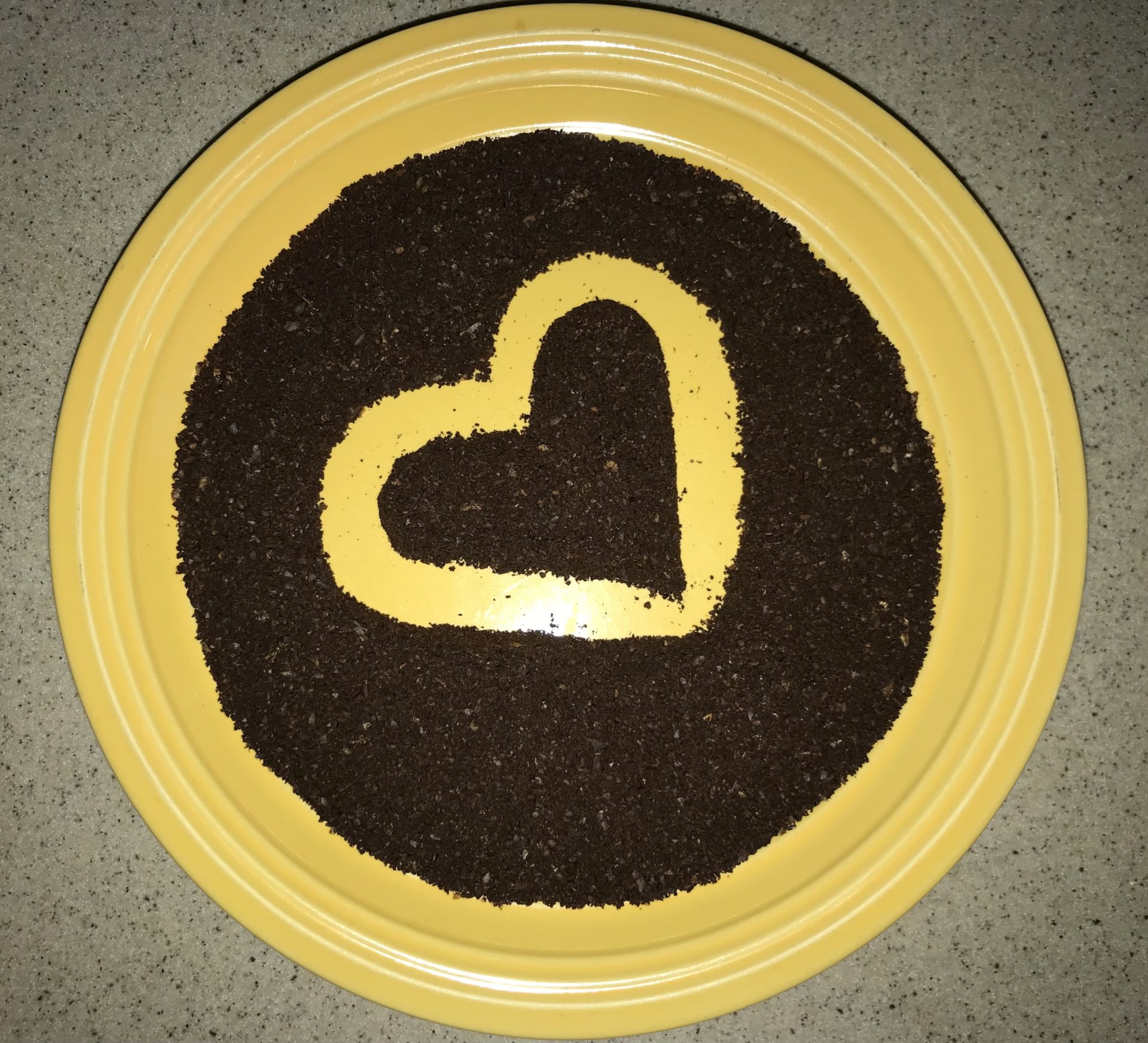
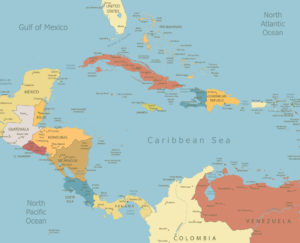

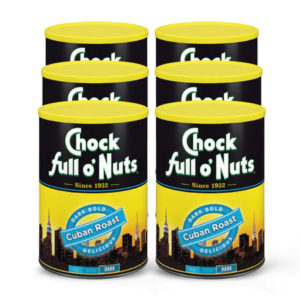
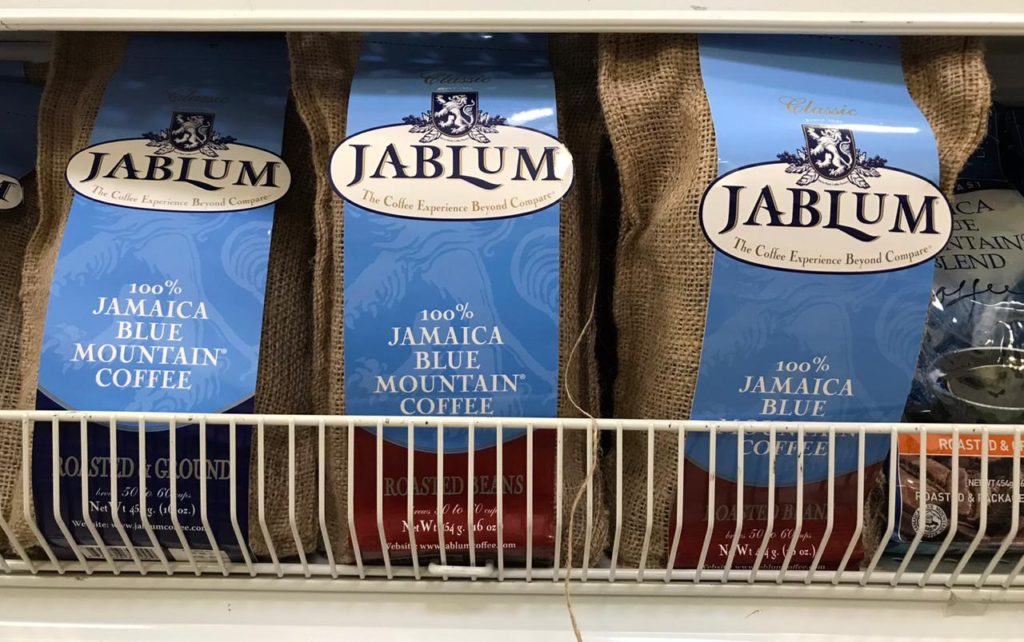
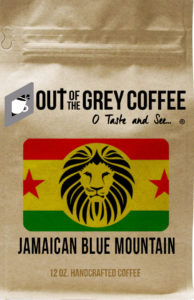


Pingback: Fun Fact About Coffee ,5 and more facts | Coffee-finders
Pingback: Places to visit Honduras. (A coffee tour) | Coffee-finders
Pingback: What is the history of coffee?| I love coffee-finders
Pingback: 6 Types of Coffee Flavors | Coffee-finders.com
Pingback: Coffee Blog-The Beginning | Good coffee